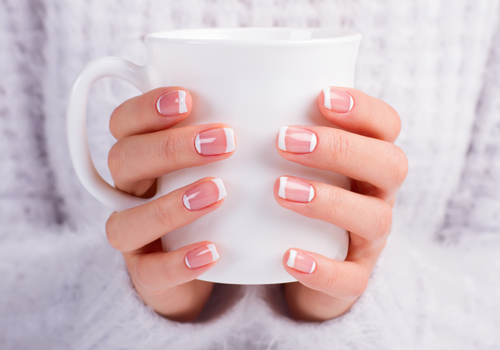
3000 years B.C., the Chinese used to apply enamel on their fingers, leaving it to sit for several hours, which resulted in a pink finish on their nails. This was the beginning of nail art! The Indians also practiced nail art using a dye derived from the Henna plant. Egyptians were another civilization that used nail art early on. Interestingly for women, the colour of one's nails was used to identify what class in society one belonged to. The higher class wore deep shades of red while the lower classes wore pale shades. The Inca civilization was a step ahead in nail art. They painted images of eagles on their fingertips. One of the first designs to become trendy was the 'moon manicure', which involved painting the middle of the nail while leaving the moon of the nail unpainted, which is still considered fashionable!